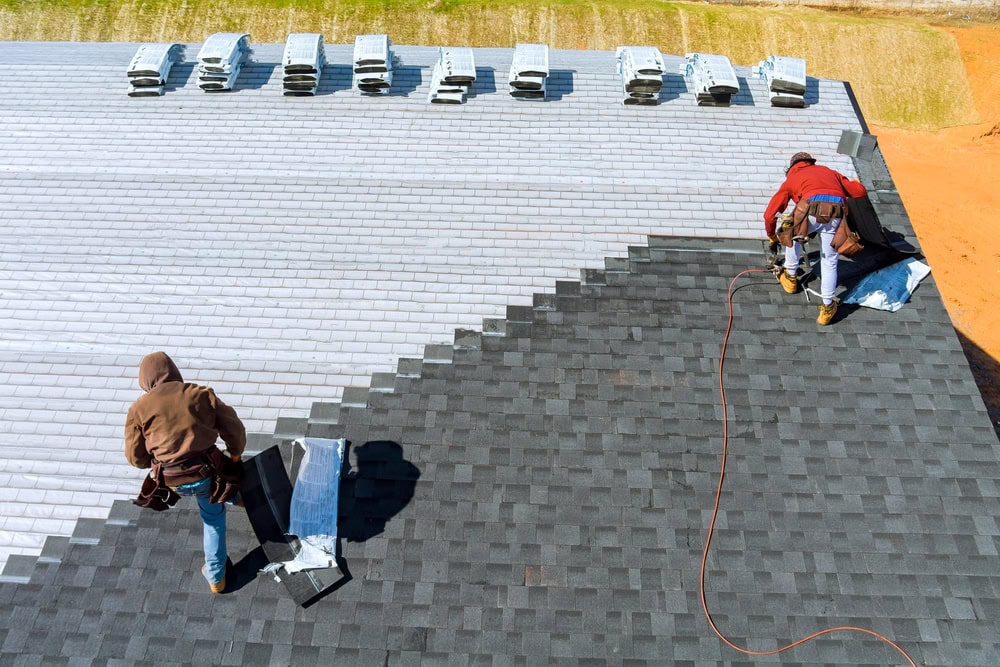How CSLB Investigations Actually Start (And How to Avoid Them)
When you’re preparing to become a licensed California contractor, it’s easy to focus on passing the Law & Business exam and understanding trade knowledge. But here’s something every contractor (new or experienced) needs to grasp early on: how CSLB investigations begin, and how to stay off their radar altogether. At our contractor school, we often … Read more










